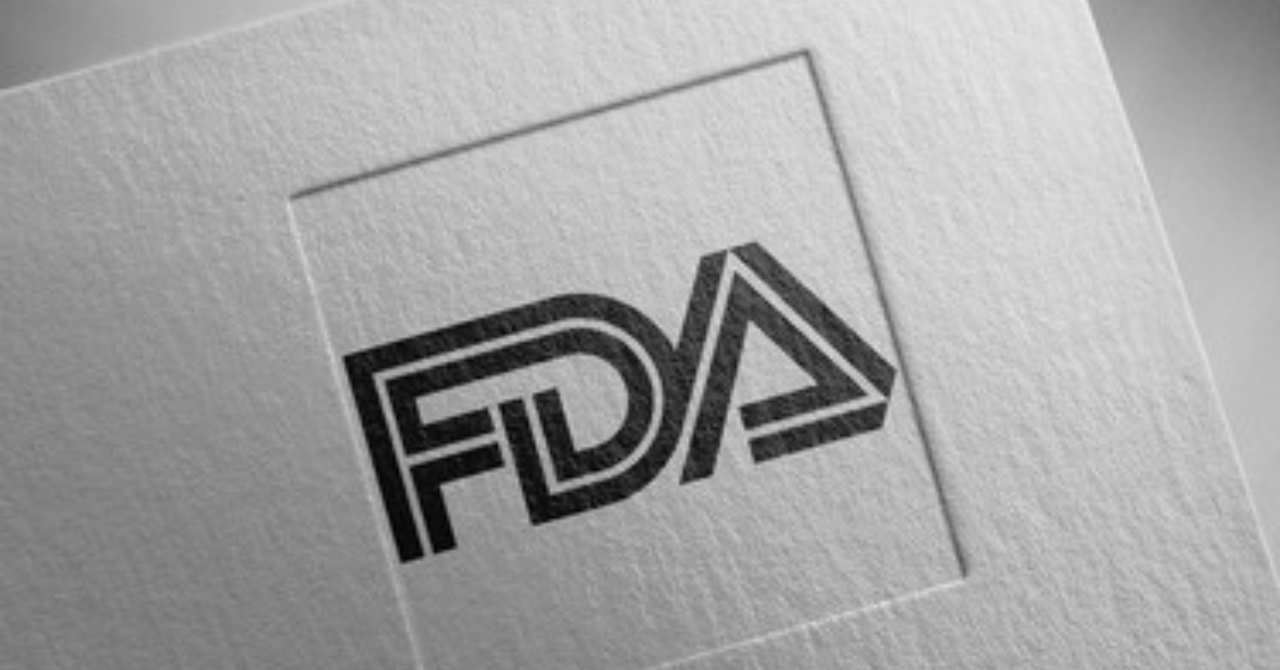FDA amends cGMP requirements in QSR (21 CFR Part 820) Quality Management Systems Rule (QMSR) Final Rule, published by the International Organization for Standardization (ISO), the international standard ISO 13485:2016 Medical devices – Quality management systems – Requirements for regulatory purposes.
This final rule is the latest step taken by FDA to promote consistency in medical device regulation.
This measure harmonizes the FDA’s cGMP regulatory framework with that used by other regulatory authorities.
This regulation will enter into force on February 2, 2026, two years after publication.
Until then, manufacturers must comply with the QSR.
Introduction.
Manufacturers must establish and follow a quality system to ensure that their products consistently meet applicable requirements and specifications. quality systems for FDA-regulated products (food, drugs, biologics, and medical devices) are known as cGMPs.
The cGMP requirements for medical devices in 21 CFR Part 820 were first authorized by Section 520(f) of the Federal Food, Drug, and Cosmetic Act (FDC Act).
Pursuant to section 520(f) of the Act, FDA published a final rule in the Federal Register dated July 21, 1978 (43 FR 31 508), establishing cGMP requirements for medical devices.
This regulation became effective on December 18, 1978 and was codified into law as Part 820.
In 1990, the FDA initiated amendments to the cGMP regulations to add design controls allowed under the Safe Medical Devices Act.
FDA also believed that the cGMP regulations would benefit the public and the medical device industry by ensuring that the cGMP regulations were as consistent as possible with applicable international standards, primarily the International Organization for Standardization (ISO) 9001:1994 “Quality systems–Models for quality assurance in design, development, manufacture, installation, and service,” and the then ISO/CD 13485 “Quality systems–Medical devices–ISO 9001 Supplemental Requirements”, and it was felt that it would be beneficial to the public and the medical device industry to be as consistent as possible with the quality system requirements contained in the revised ISO Committee Draft (CD) of “Quality Systems–Medical Devices–Supplemental Requirements for ISO 9001”.
After extensive efforts, the revised Part 820 was issued on October 7, 1996 (61 FR 52602) and became effective on June 1, 1997.
For additional information on the history of revisions and international harmonization with international standards and the Global Harmonization Task Force (GHTF), see the preamble to the Quality System Rule (61 FR 52602) (pages 52602-52654).
This Preamble (Preamble) contains the public comments received during the development of the QSR and the FDA Commissioner’s resolution in response.
Thus, the preamble contains valuable insight into the meaning and intent of the QMSR.
QMSR Flexibility
The QMSR adopts the same “comprehensive” approach as the original cGMP regulations.
The regulation does not prescribe in detail how a manufacturer should produce a particular piece of equipment, as it would need to apply to so many different types of equipment.
Rather, the regulation provides a framework that all manufacturers must follow by requiring them to develop and follow procedures and to fill in the appropriate details on specific equipment in accordance with the current state-of-the-art manufacturing of that equipment.
Manufacturers should use good judgment in developing a quality system and apply 21 CFR 820.5 of the QSR as applicable to their specific products and operations.
Within this flexibility, it is the responsibility of each manufacturer to establish requirements for each type and family of medical devices to be safe and effective, and to establish methods and procedures to design, manufacture, distribute, etc. medical devices that meet quality system requirements. The responsibility to meet these requirements and to have objective evidence of meeting these requirements should not be delegated even if the actual work is delegated.
The FDA identifies in the QMSR the essential elements that a quality system must embody, but does not specify specific methods for establishing these elements.
Since the QMSR covers a wide range of equipment, manufacturing processes, etc., it allows some flexibility in the details of quality system elements.
It is left to the manufacturer to determine the need for and extent of some quality elements and to develop and implement specific procedures tailored to the particular process and equipment.
Scope of QMSR
The QMSR applies to manufacturers of finished devices intended for commercial distribution of medical devices.
A finished device is defined in 21 CFR 820.3(l) as any device or accessory to a device that is fit for use or capable of functioning, whether or not packaged, labeled, or sterilized.
Certain components, such as blood tubing and diagnostic x-ray components, are considered finished devices by the FDA because they are accessories (accessories) to a finished device.
Manufacturers of accessories are subject to the QMSR.
Exemption from GMP
The FDA has determined that certain types of medical devices are exempt from GMP requirements.
These medical devices are listed in the Federal Register and are exempt under FDA classification regulations codified at 21 CFR 862-892.
The exemption from GMP requirements does not exempt manufacturers of finished equipment from keeping complaint files (21 CFR 820.198) or general requirements for records (21 CFR 820.180).
Medical devices manufactured under an investigational device exemption (IDE) are not exempt from the design control requirements under 21 CFR 820.30 of the QSR.


Comment